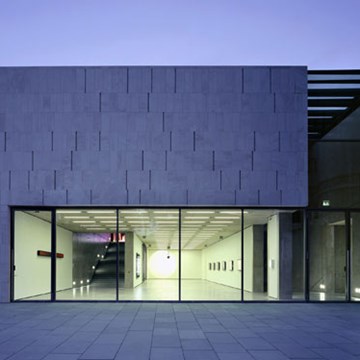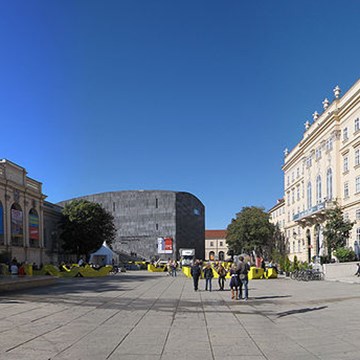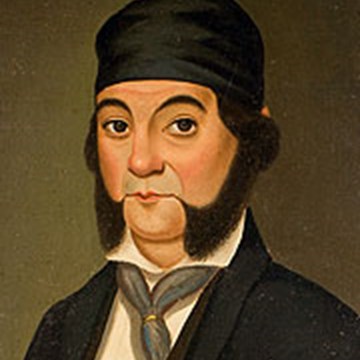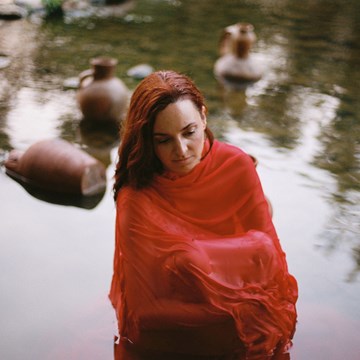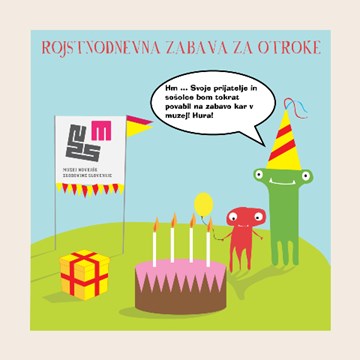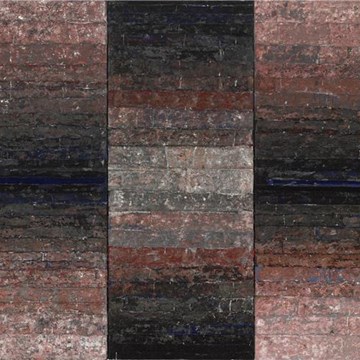The 1200 or so objects mainly originate from Russia, Sweden, Norway and France. The foreign collection was meant for comparison and to serve as an example to domestic producers. The oldest part, the French collection of 619 objects, was bought by Vera Hjelt as early as 1889 during a journey she made to the Paris Exposition. Nowadays this collection of some 420 objects includes, in addition to industrial products, a collection of objects made of pulp, which is something unusual.
The Russian collection is the most varied and systematic in terms of content. It was assembled by Lauri Mäkinen during his journey to Southern and Central Russia in 1912. The collection was augmented by later purchases at the 1913 St. Petersburg Home Industry Exhibition. The collection includes, for example, wooden household dishes, vases, shelves, objects made of birchbark, boxes as well as miniatures of household objects and utensils. There are also many textiles.
The Nordic collection has been accumulated very sporadically. Most of the objects originate from Norway, such as gobelins and objects decorated with leaves. The Swedish items are mainly textiles, samples of cloth as well as ribbons and lace. The collection only includes a few objects from Denmark.
The 1200 or so objects mainly originate from Russia, Sweden, Norway and France. The foreign collection was meant for comparison and to serve as an example to domestic producers. The oldest part, the French collection of 619 objects, was bought by Vera Hjelt as early as 1889 during a journey she made to the Paris Exposition. Nowadays this collection of some 420 objects includes, in addition to industrial products, a collection of objects made of pulp, which is something unusual.
...
Read more
